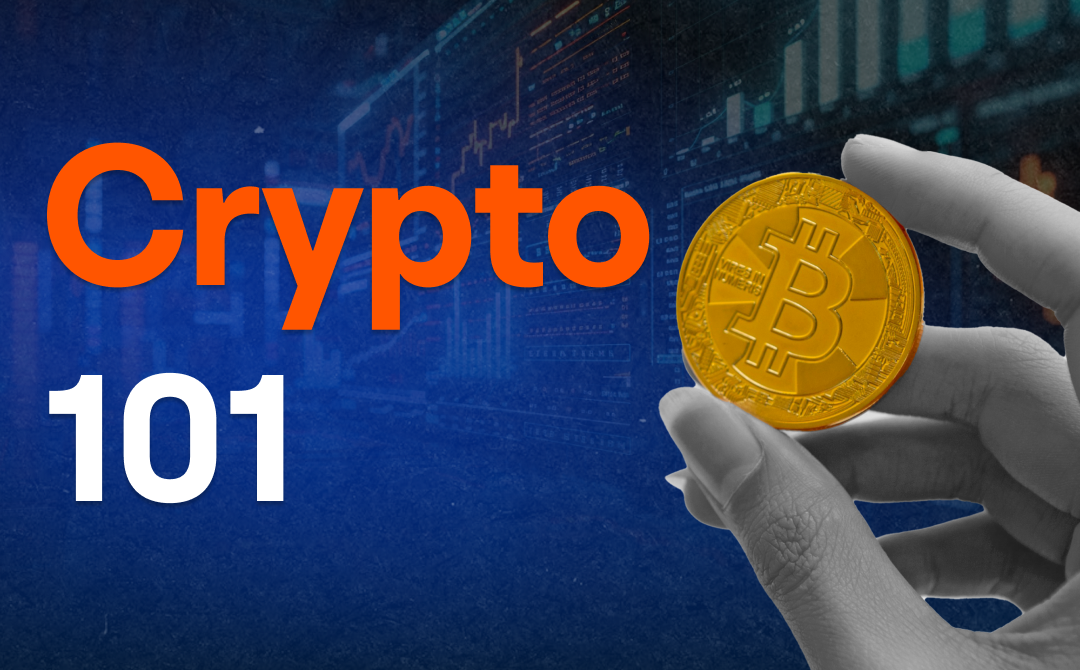Source: Securities Times
Following the Turbo S quick thinking model, Tencent has launched the officially released version of its self-developed deep thinking model, Hybrid T1. It is described as a strong reasoning model that can respond instantly, and it is the first time in the industry to apply the Hybrid Mamba architecture losslessly to ultra-large reasoning models.
Late at night on March 21, Tencent's Hybrid large model team officially launched the self-developed deep thinking model Hybrid T1. This model features good effectiveness and fast speed, with multiple indicators reaching industry-leading reasoning levels, achieving a word output speed of 60 to 80 tokens per second, significantly faster than the DeepSeek-R1 reasoning model in actual generation performance.
Deep thinking model that can respond instantly.
 Currently, when users employ reasoning models such as DeepSeek-R1, the model needs to perform deep thinking and list detailed thought chains before providing answers. Although it demonstrates a high level of Asia Vets, it has the drawbacks of slow response speed and inefficiency.
Currently, when users employ reasoning models such as DeepSeek-R1, the model needs to perform deep thinking and list detailed thought chains before providing answers. Although it demonstrates a high level of Asia Vets, it has the drawbacks of slow response speed and inefficiency.
The official version of Hybrid T1 aims to solve these issues, not only providing fast output and instant responses but also excelling in processing ultra-long texts. In common benchmark tests reflecting the fundamental capabilities of reasoning models, such as the MMLU-PRO dataset for large language model evaluation, Hybrid T1 scored 87.2, surpassing DeepSeek-R1, second only to o1.
It is worth noting that the officially released version of Hybrid T1 retains the innovative architecture of Hybrid Turbo S, adopting the Hybrid-Mamba-Transformer integration model. This architecture effectively reduces the computational complexity of the traditional Transformer structure and decreases the memory usage of KV-Cache, thereby significantly lowering training and reasoning costs.
This also means that Tencent has abandoned the traditional and mainstream pure Transformer architecture, applying the Hybrid Mamba architecture losslessly for the first time to ultra-large reasoning models.
Currently, the Hunyuan T1 has been launched on the Tencent Cloud official website. In terms of pricing, the input price is 1 yuan per million tokens, and the output price is 4 yuan per million tokens, which is 1/4 of the DeepSeek standard period price, consistent with DeepSeek's promotional period.
The Tencent large model business is moving frequently.
As a "latecomer" in the large model field, Tencent has taken frequent actions this year, quickly integrating more than a dozen of its products with DeepSeek, and its self-developed Hongyuan model series has also entered a rapid iteration phase. At the same time, Tencent is increasing its investment in the C-end product Yuanbao, actively seizing the entry point for large model users.
The latest Earnings Reports released by Tencent on March 19 show that Tencent achieved a revenue of 660.3 billion yuan for the entire year of 2024, an increase of 8% year-on-year; the Net income was 194.07 billion yuan, a 68% increase from the previous year. Tencent's Chairman and CEO Ma Huateng stated at the Earnings Conference that AI has made significant progress in the past month or two, especially after DeepSeek's emergence, and Tencent has actively embraced DeepSeek in its cloud business and 'Yuanbao' (AI applications).
According to a release from Tencent's official WeChat account, since February of this year, Tencent's Yuanbao has integrated the full-power version of DeepSeek and the new Hunyuan model, driven by a dual-core approach for rapid evolution and daily updates, with the version updated 30 times in 35 days. In addition, Tencent currently has dozens of products and services, including Yuanbao, WeChat, Tencent Docs, QQ Browser, QQ Music, and WeChat Reading, accessing DeepSeek.
Industry insiders analyze that as a company with a strong ecosystem and user base, Tencent is now committed to building its competitive advantage in the AI application field by following the path of combining the Hunyuan model and DeepSeek model.
Ma Huateng also stated at the Earnings Conference: 'Months ago, we reorganized the AI team to focus on rapid product innovation and deep model research and development, increased capital expenditure related to AI, and intensified our research and marketing efforts on native AI products. We believe these increased investments will bring continuous returns by enhancing the efficiency of our advertising business and the lifecycle of our games, and as we accelerate the popularization of our personal AI applications and more enterprises adopt our AI services, it will create longer-term value.'
The Earnings Reports show that in the fourth quarter of 2024, Tencent's capital expenditures increased by 386% year-on-year to 36.58 billion yuan, with total capital expenditures for 2024 reaching 76.76 billion yuan, an increase of 221% year-on-year, hitting a historical high, accounting for 11.6% of total revenue. In terms of R&D investment, the AI R&D investment for the entire year of 2024 reached 70.69 billion yuan, with a cumulative investment of 340.3 billion yuan since 2018. Tencent's President Liu Chiping stated that the increase in capital expenditures in the fourth quarter was very significant, as the company purchased more GPUs to meet inference demand and plans to further increase capital expenditures in 2025.
Editor/jayden


 目前,用户在使用DeepSeek-R1等推理模型时,由于模型需要进行深度思考,并在提供回答前列出详细的思维链,虽然能够体现较高的智能化水平,但存在响应速度慢、不够高效的短板。
目前,用户在使用DeepSeek-R1等推理模型时,由于模型需要进行深度思考,并在提供回答前列出详细的思维链,虽然能够体现较高的智能化水平,但存在响应速度慢、不够高效的短板。








Comment(2)
Reason For Report